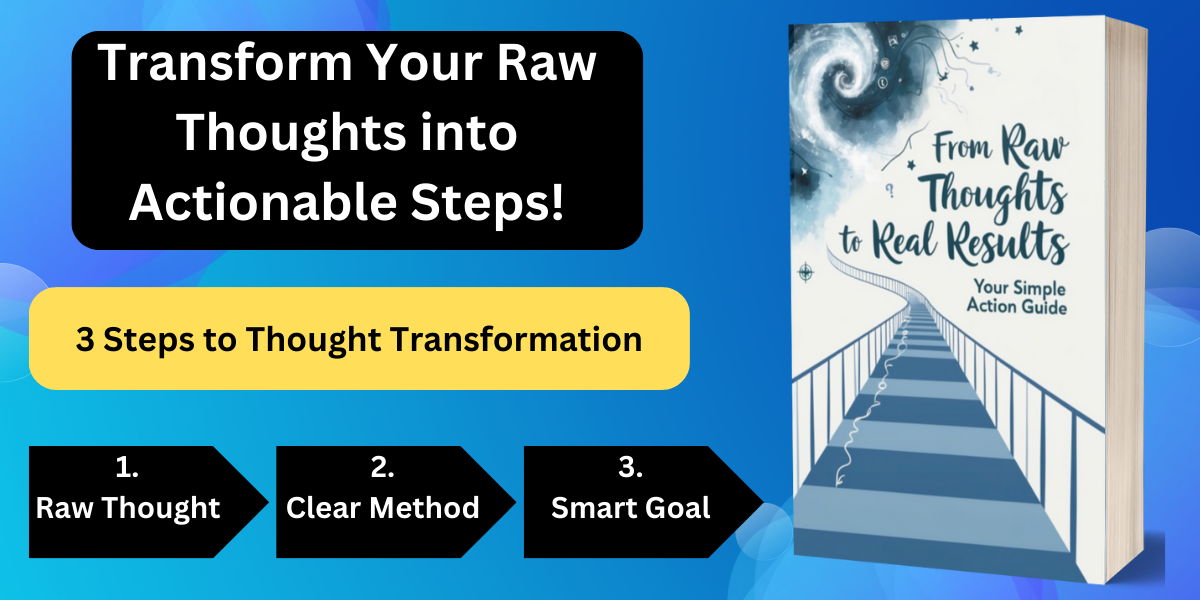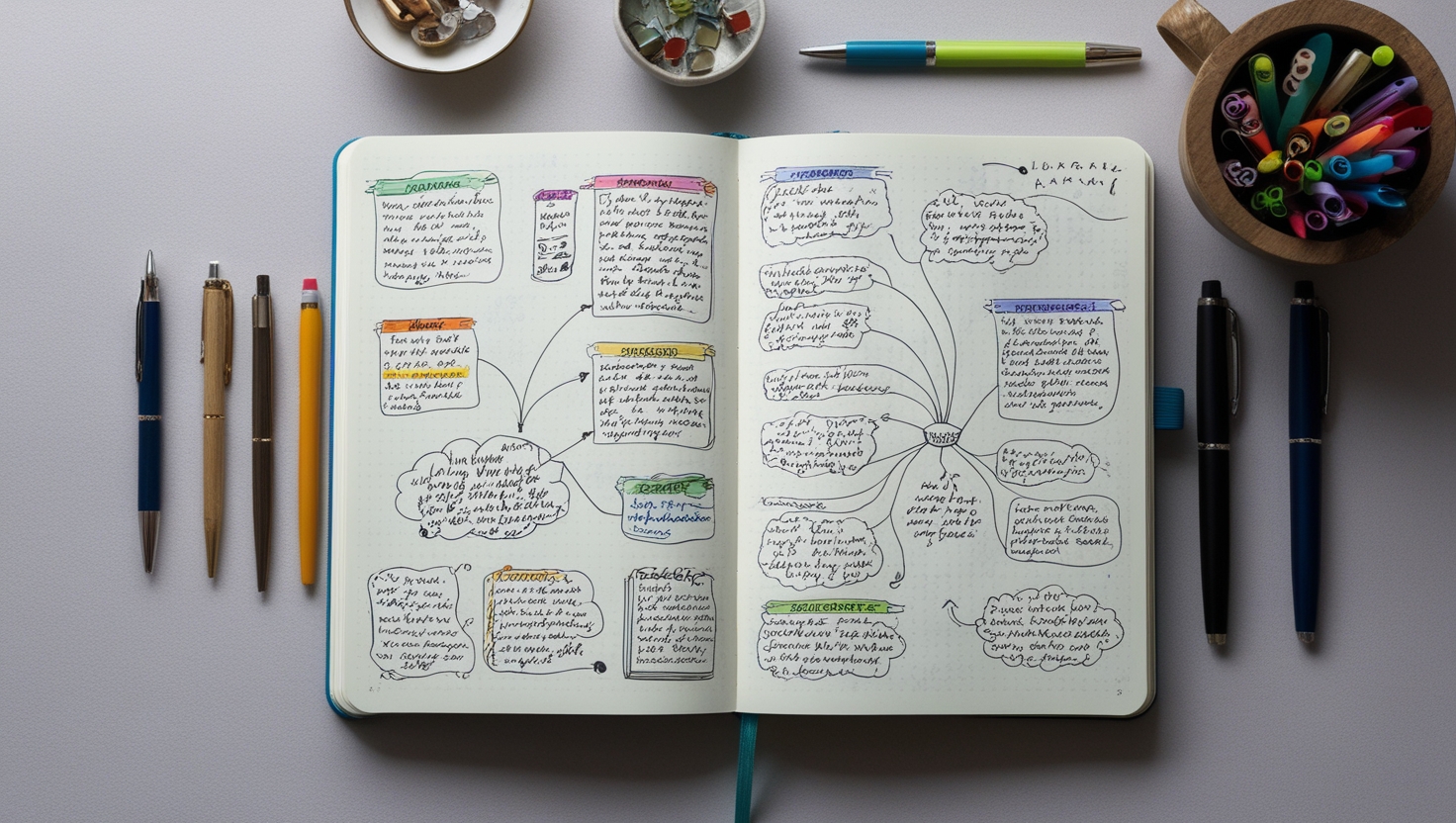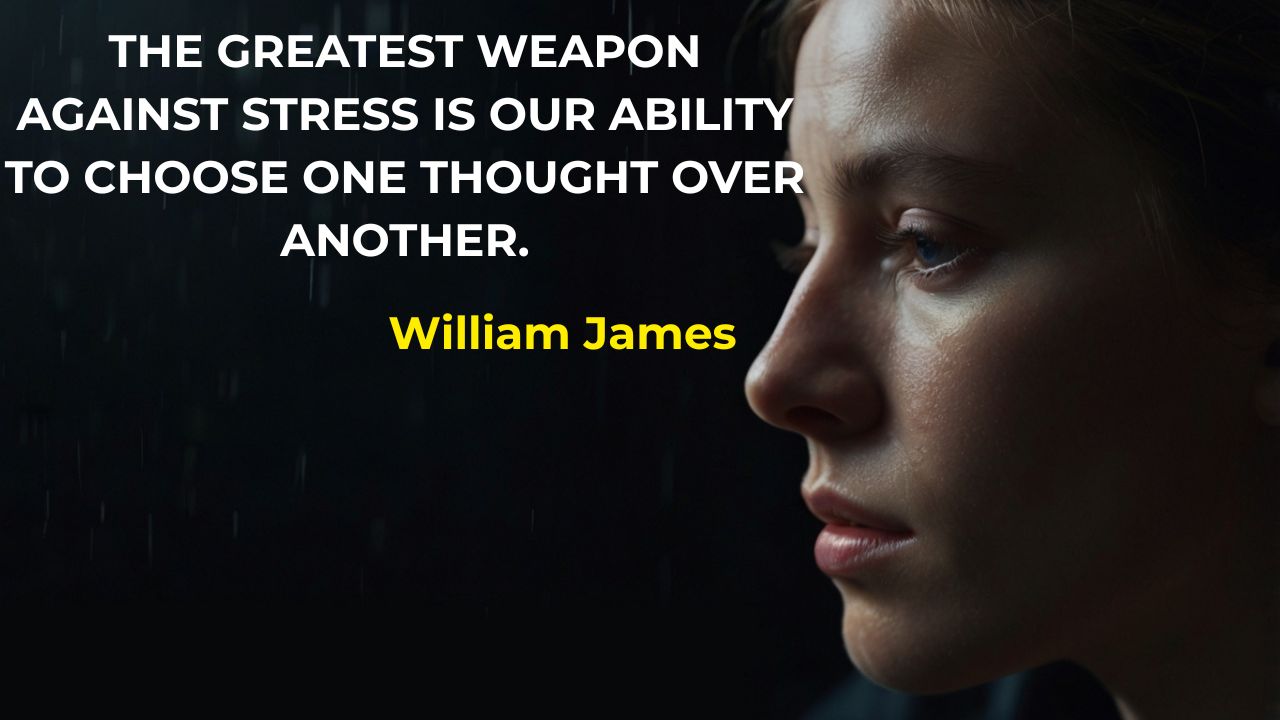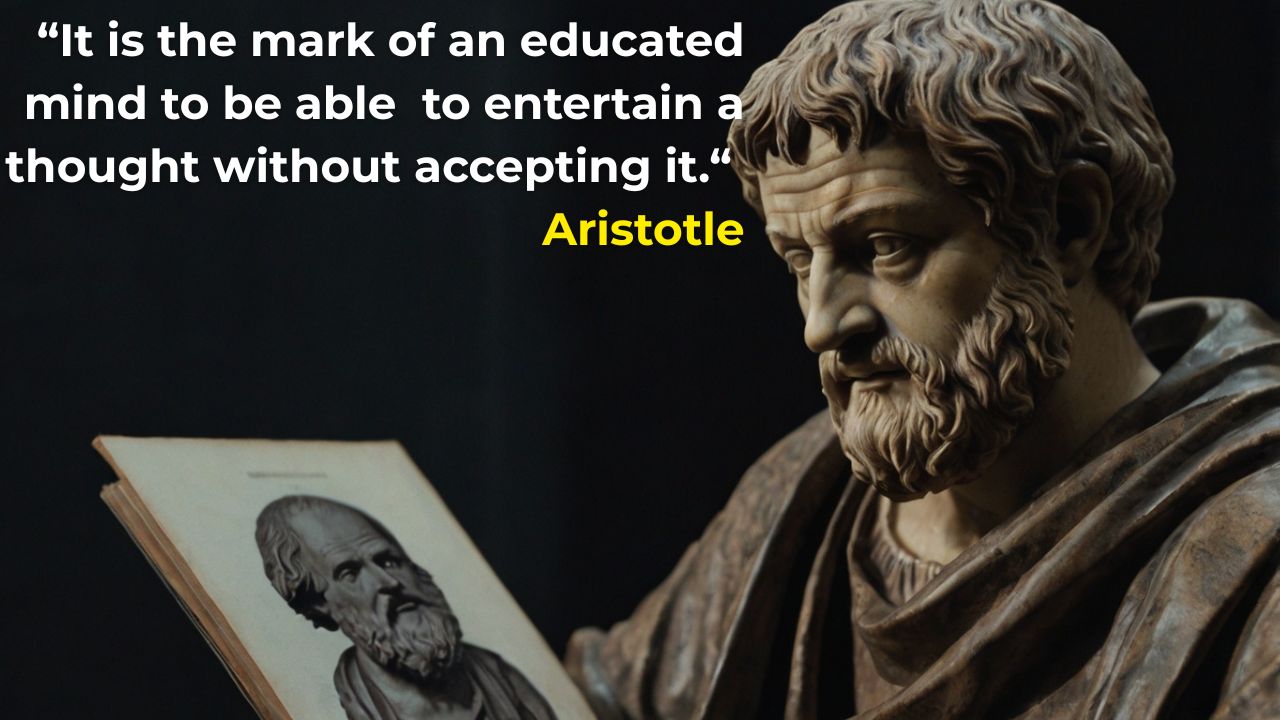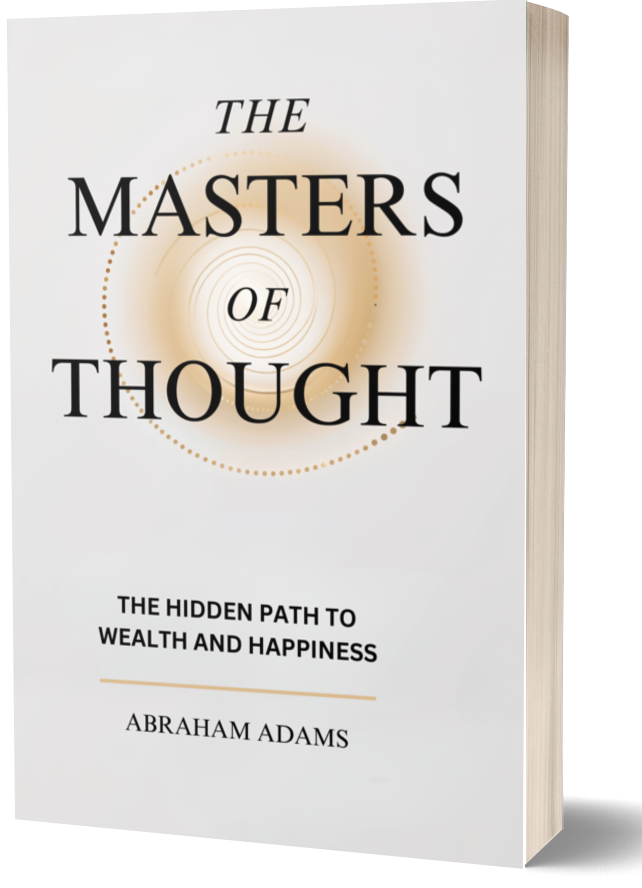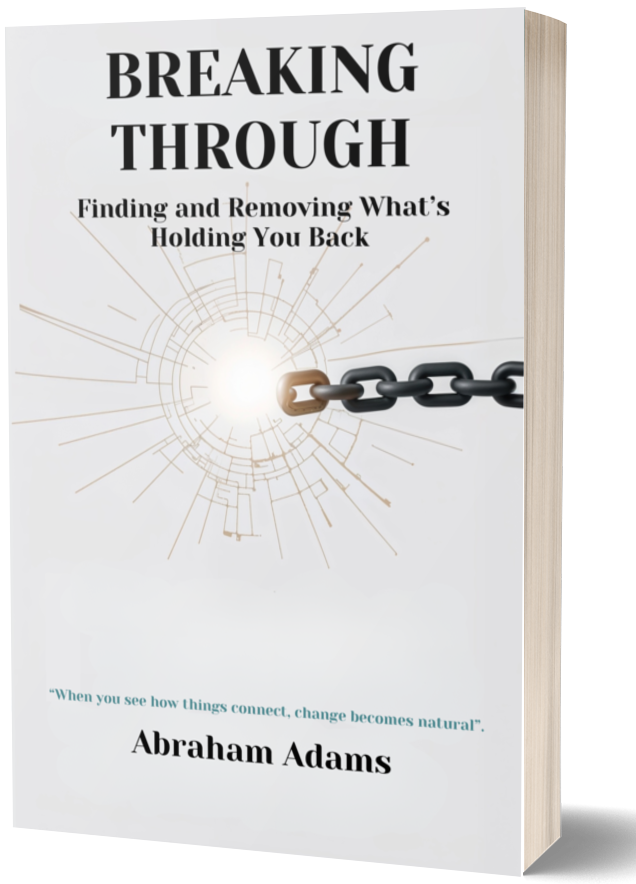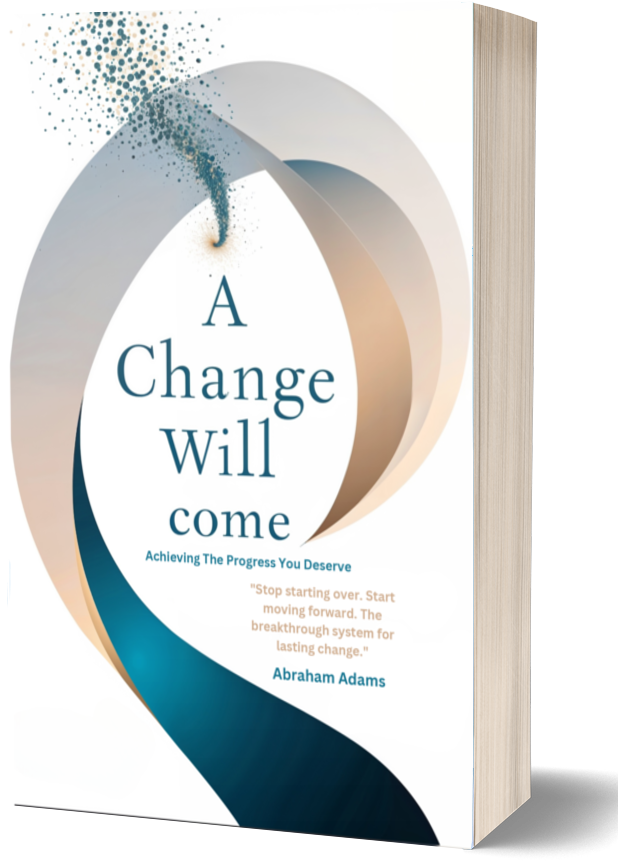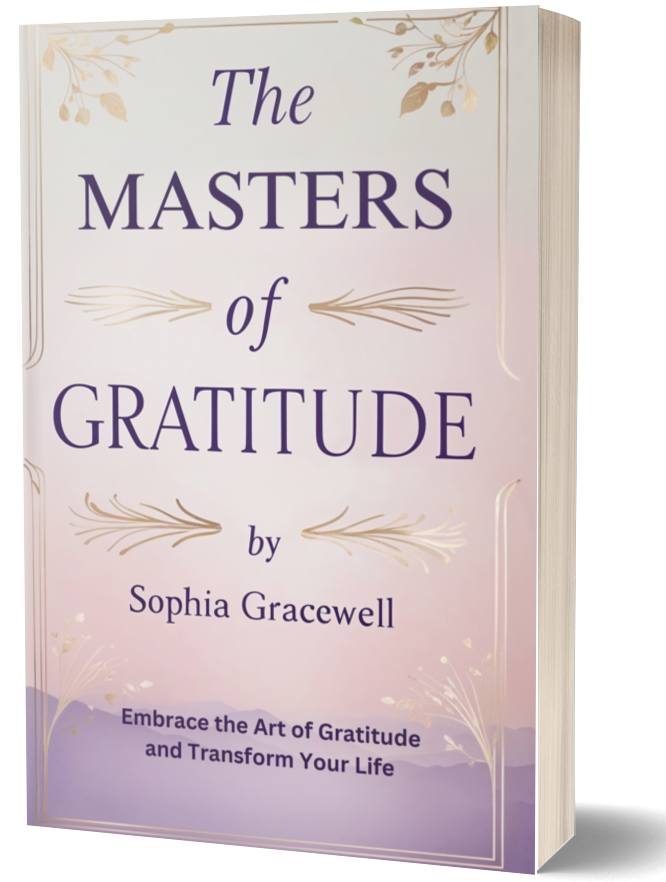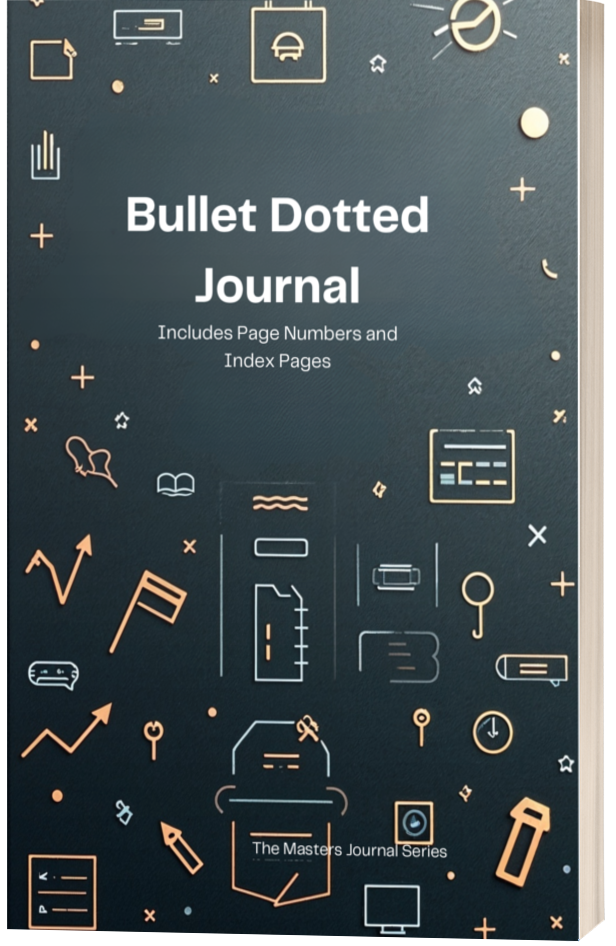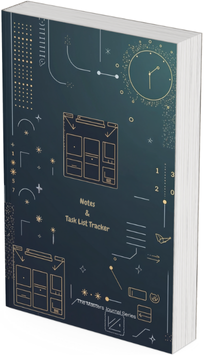The SMART Framework and The CLEAR Method: Goal-Setting Made Simple
Effective goal-setting is the cornerstone of personal and professional success. However, without a structured approach, even the best intentions can fall short. Two popular frameworks—the SMART framework and the CLEAR method—offer practical tools to help you define, pursue, and achieve your goals with clarity and focus.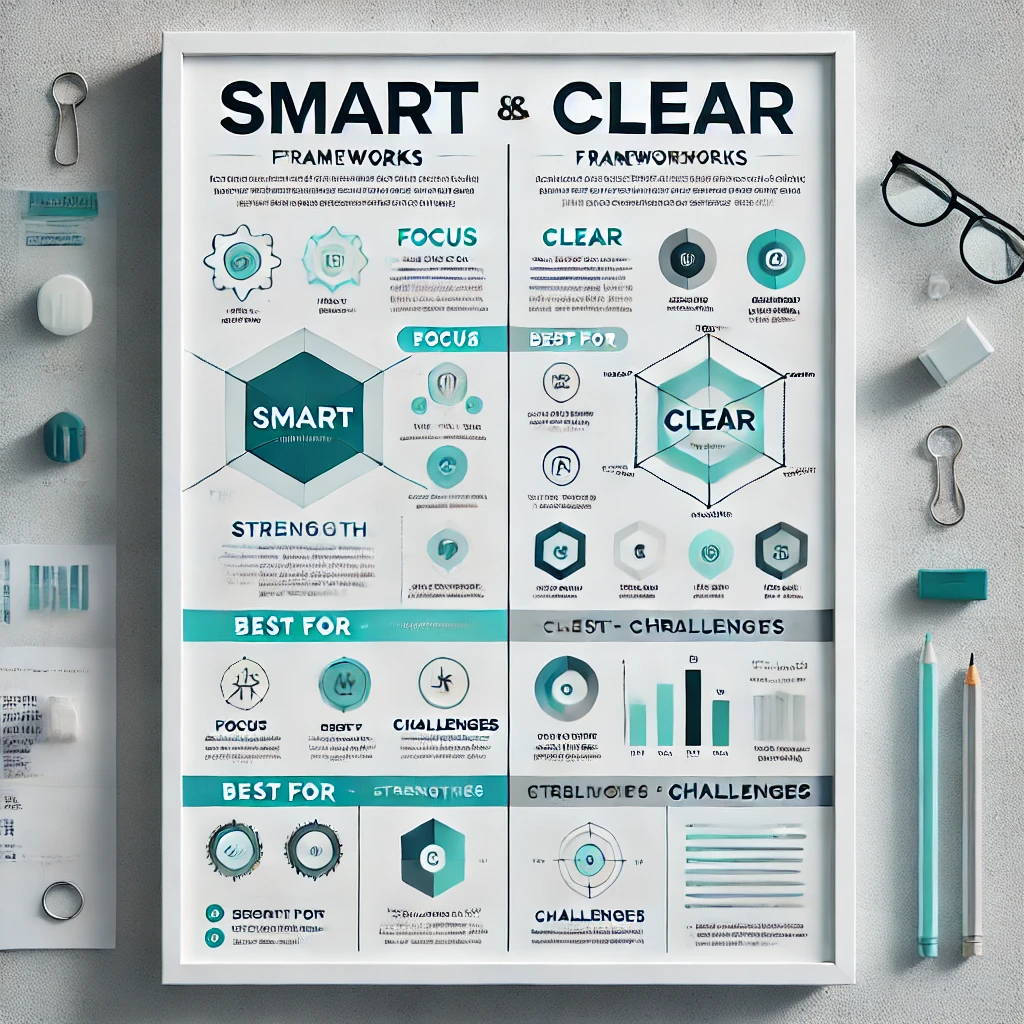
This article explores both methods, their unique benefits, and how to apply them for maximum impact.
---
The SMART Framework
The SMART framework is a widely used goal-setting tool that ensures your objectives are clear, achievable, and measurable. SMART stands for:
1. **Specific**
Your goal should be clear and precise, leaving no room for ambiguity.
- Example: Instead of saying, “I want to get in shape,” specify, “I want to run a 5K in under 30 minutes.”
2. **Measurable**
Define how you will track your progress and determine success.
- Example: Track your running distance and time weekly to measure improvement.
3. **Achievable**
Set a goal that is realistic given your resources and time frame.
- Example: If you’re a beginner, aiming to run a 5K in a month is achievable; aiming for a marathon might not be.
4. **Relevant**
Ensure your goal aligns with your broader ambitions and values.
- Example: Running a 5K aligns with your goal of improving physical health and energy levels.
5. **Time-Bound**
Set a clear deadline to create urgency and focus.
- Example: Commit to completing the 5K within the next 8 weeks.
Why Use SMART Goals?
SMART goals provide structure and eliminate vagueness, making it easier to stay on track and celebrate progress. They work well for both personal and professional objectives, offering a step-by-step roadmap to success.
---
The CLEAR Method
While the SMART framework focuses on specificity and measurability, the CLEAR method emphasizes adaptability and alignment, particularly in dynamic environments like teams or organizations. CLEAR stands for:
1. **Collaborative**
Goals should encourage teamwork and collective effort.
- Example: Set a goal for your team to launch a product within three months, ensuring everyone’s input and roles are clear.
2. **Limited**
Keep goals manageable in scope to maintain focus and avoid overwhelm.
- Example: Instead of tackling multiple projects, focus on completing one high-priority project at a time.
3. **Emotional**
Goals should resonate emotionally to inspire motivation and commitment.
- Example: Align goals with personal values or organizational missions, such as creating a product that positively impacts customers.
4. **Appreciable**
Break larger goals into smaller, actionable steps.
- Example: Divide a year-long project into monthly or weekly milestones to make progress more tangible.
5. **Refinable**
Be flexible and willing to adjust goals as circumstances evolve.
- Example: If new challenges arise, revisit and revise your project timeline or strategy.
Why Use the CLEAR Method?
The CLEAR method is particularly effective in collaborative and fast-changing environments. It fosters flexibility and emotional engagement, ensuring that goals remain relevant and achievable even as priorities shift.
---
Comparing SMART and CLEAR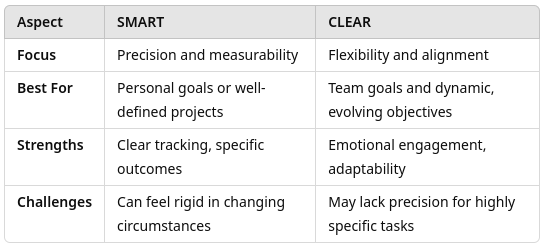
---
How to Apply Both Frameworks
1. **Combine Strengths**: Use SMART to define clear, measurable goals, and integrate CLEAR principles for adaptability and emotional connection.
2. **Tailor to Context**: For personal goals, SMART may suffice. For team projects, CLEAR’s collaborative and refinable aspects can provide better outcomes.
3. **Regular Check-Ins**: Whether using SMART, CLEAR, or both, schedule regular reviews to assess progress and make necessary adjustments.
---
Conclusion
Both the SMART framework and the CLEAR method offer valuable approaches to goal-setting. By understanding their unique strengths and tailoring them to your needs, you can create goals that are both achievable and inspiring.
Start by identifying your objectives and choose the framework that best aligns with your situation. With clarity, focus, and flexibility, you’ll be well on your way to achieving your aspirations.
Welcome to your thought transformation journal, a tool to guide you in turning raw ideas—your dreams, frustrations, and hopes—into actionable goals. This journal is designed not just for reflection but as a practical roadmap toward building your desired future.**What’s Inside**
This journal guides you through structured steps to shape thoughts into actionable plans:
1. Raw Thoughts: A space to freely jot down unfiltered thoughts, creating a foundation for change.
2. Thought Transformation: Select thoughts from the Raw Thoughts section to refine. Use the CLEAR and SMART frameworks to mold them into practical goals.
3. Examples & Prompts: Sample pages illustrate how to transform common thoughts into constructive actions, offering guidance and inspiration.
4. Tracking & Adjustments: Regularly revisit goals, track progress, and make necessary adjustments, acknowledging that transformation is a continuous journey.
5. Positivity & Progress: Reframe negative thoughts to nurture a constructive mindset, maintaining forward momentum.Each section in this journal supports your growth. As you move through these steps, you’ll see how small, thoughtful actions add up to significant progress.
- Audio Articles
- Audio Articles 1
- Audio Articles 2
- Audio Articles 3
- Audio Articles 4

7 Daily Disciplines That Transform Your Life
The power to act with intention, to align your actions with your values, and to move steadily toward a life of purpose—even on days you don't feel like it.
Read Full Article
How to Build Unbreakable Discipline
Discipline is built—habit by habit, choice by choice, day by day. And the most powerful kind? The kind that doesn’t crack under pressure. The kind that becomes part of who you are.
Read Full Article
Why Motivation Fails And Discipline Wins Every Time
We all love the feeling of motivation—that surge of energy, that rush of inspiration that makes everything seem possible. But here’s the problem: motivation is unreliable. It’s emotional. It comes and goes. And if your goals rely on you “feeling like it,” you’re already in trouble.
Read Full Article
Discipline Over Desire
Desire is loud. It burns bright, talks fast, and loves to dream. But desire alone doesn't achieve much. Every person has desires. Very few have the discipline to bring them to life.
Read Full Article
The Science of Sticking
If you've ever tried to build a new habit, you've probably heard that it takes 21 days. This number gets thrown around so often that it feels like scientific fact.
Read Full Article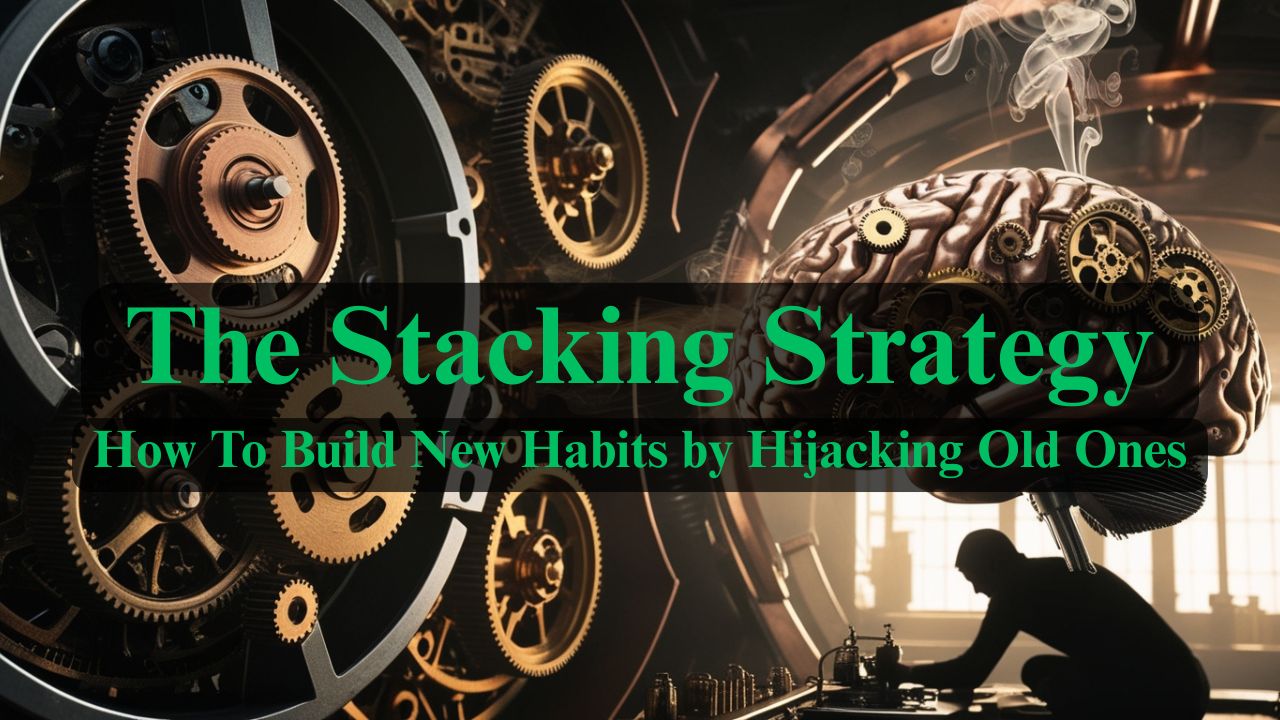
The Stacking Strategy
What if I told you that the habits you already have—even the ones you consider "bad"—could become the secret weapons for building the habits you want?
Read Full Article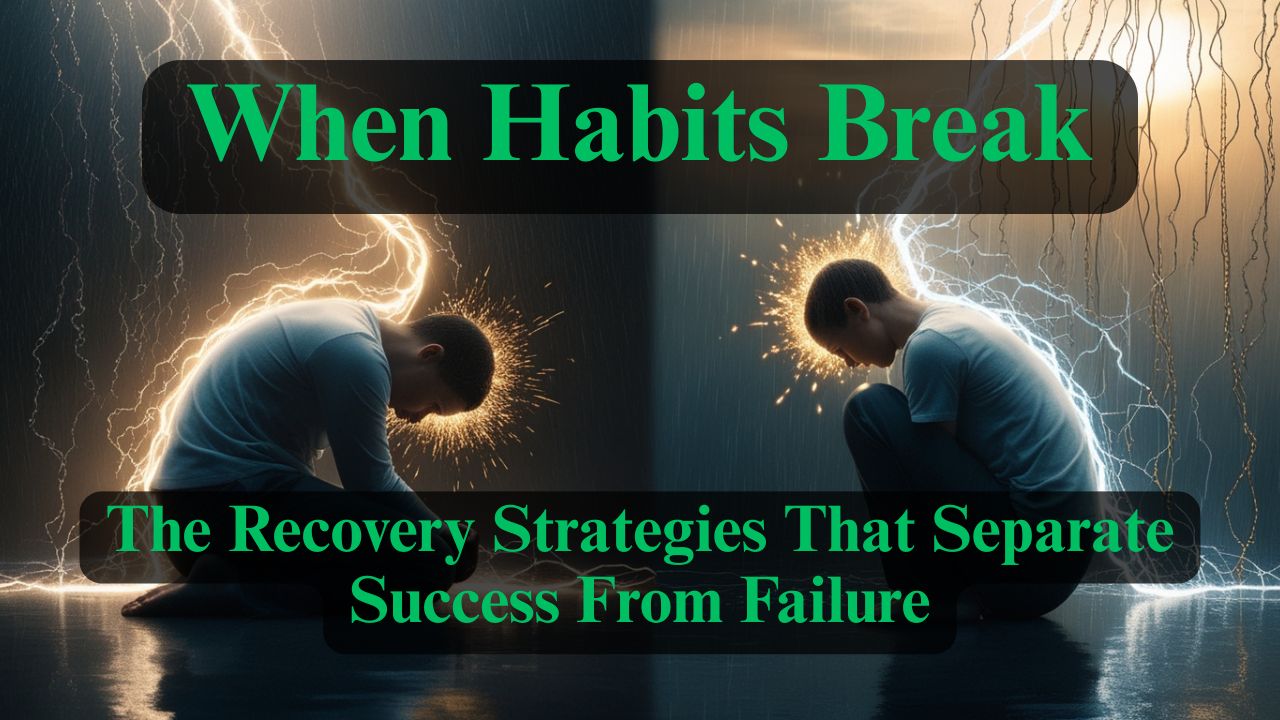
When Habits Fail - The Recovery Strategies That Separate Success From Failure
Here's what nobody tells you about building habits: you will fail. You'll miss days. You'll fall off track. You'll have weeks where everything falls apart.
Read Full Article
The Ultimate System - Designing a Life Where Good Habits Are Inevitable
You've learned to recognize habits, understand their formation timeline, stack them strategically, and recover from setbacks.
Read Full Article
